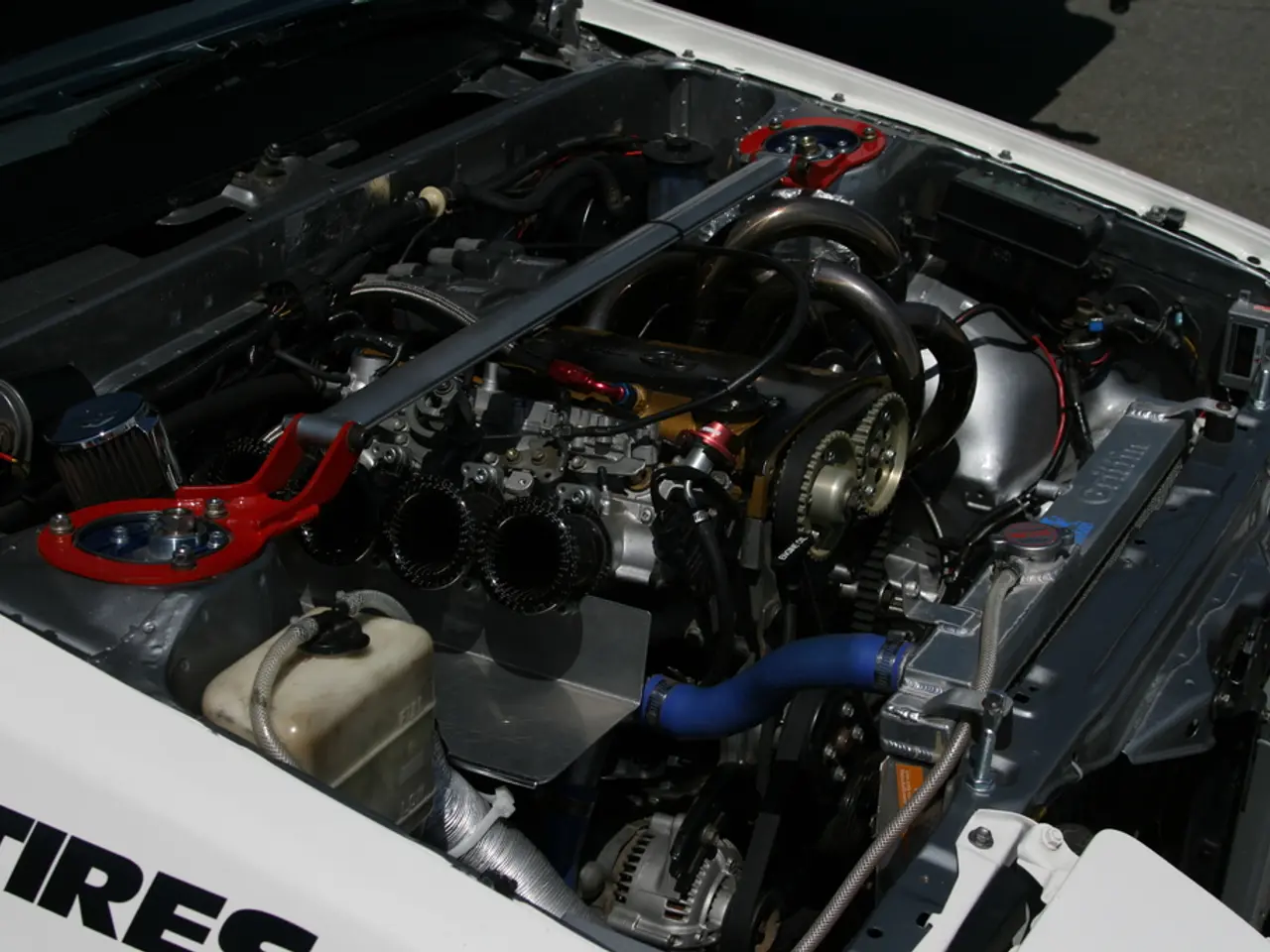Battery Disposal Dilemma in Electric Cars: Destination Unknown for Dead Electric Vehicle Batteries
The rapid growth of electric vehicle (EV) sales has brought about a new set of environmental challenges, particularly in the disposal and recycling of EV batteries. These challenges include toxic waste contamination, resource depletion, and recycling complexities.
EV batteries contain heavy metals and toxic chemicals like cobalt, nickel, and manganese. If improperly disposed of in landfills, these substances can leak into soil and water, posing risks to ecosystems and human health.
The materials for EV batteries, such as lithium and cobalt, are finite and environmentally costly to mine and refine. This depletion threatens sustainable growth in EV technology.
Recycling lithium-ion batteries is complex, energy-intensive, and costly. Current recycling methods require specialized facilities and high energy inputs, limiting scalability. Despite this, recycling is crucial to reduce demand for virgin materials and landfill waste.
As EV adoption grows, the number of end-of-life (EoL) batteries is rapidly increasing, creating a potential future environmental waste crisis if not properly managed.
Battery production itself accounts for a large share of EV carbon emissions. However, recycling can reduce overall emissions by lowering the need for virgin raw materials.
Efforts to address these challenges include developing second-use applications for EoL EV batteries, such as repurposing them for stationary energy storage to extend their life and reduce waste. Regulatory measures, like the EU Battery Regulation, also mandate recycled content levels and set recycling/recovery targets for critical battery materials.
Industry initiatives by manufacturers and specialized recycling companies are advancing innovative ways to recover and reuse rare metals from spent batteries. Researchers and entrepreneurs are also working on new battery designs that use fewer toxic metals, making recycling easier.
The hope is that with enough innovation, the electric car industry can solve its own dirty secret and truly become a force for good. Recycling old EV batteries can give them a "second life" as stationary storage for renewable energy sources like solar and wind power.
- Researchers and entrepreneurs are working on new battery designs that use fewer toxic metals, making recycling easier and addressing climate change, as these designs would reduce the reliance on mining and refining finite resources like cobalt and lithium.
- The evolution of technology in environmental-science has brought forth industry initiatives by manufacturers and specialized recycling companies, aiming to recover and reuse rare metals from spent EV batteries, thus contributing to the health-and-wellness of the environment.
- Wildlife and ecosystems are at risk due to the improper disposal of EV batteries, as heavy metals and toxic chemicals like cobalt, nickel, and manganese can leak into soil and water, posing a threat to the overall environmental-science.
- Science has shown that battery production accounts for a large share of EV carbon emissions, but recycling old EV batteries can significantly reduce these emissions by lowering the need for virgin raw materials and ultimately benefiting the climate-change reduction efforts.
- As part of the rapid growth of EV sales, the number of end-of-life (EoL) batteries is increasing, signifying a need for extensive research into innovative methods for managing EoL batteries, such as finding second-use applications in storage for renewable energy sources like solar and wind power, and improving recycling technologies to minimize waste and promote sustainability.




